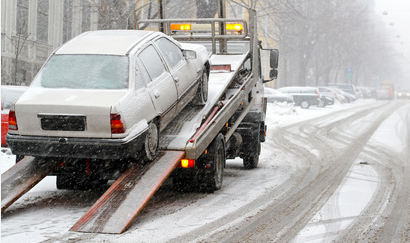The auto transport industry, like many others, experiences fluctuations in demand throughout the year. Understanding these seasonal trends can help customers plan their vehicle shipments more effectively, ensuring they get the best service at the best price. Whether you’re a snowbird heading south for the winter or a family relocating during the summer, knowing when to book your transport can make a significant difference.
Peak Seasons and Their Impact
Summer (June to August)
Summer is one of the busiest times for auto transport. Families often move during school breaks, and college students relocate for internships or back to their hometowns. This increased demand leads to higher prices and longer wait times for vehicle transport services. If you need to ship your car during the summer, it’s wise to book well in advance. Planning ahead not only secures your spot but also gives you a better chance of finding a reasonable rate.
Winter (December to February)
Winter is another peak season, particularly for routes between the northern and southern states. Snowbirds – retirees who move south for the winter – significantly increase the demand for auto transport services. Additionally, holidays and unpredictable weather conditions can cause delays and higher prices. If you’re planning to ship your vehicle during the winter, flexibility with your dates can help you avoid some of the peak pricing.
Off-Peak Seasons and Their Advantages
Spring (March to May)
Spring is a relatively quieter time for the auto transport industry. With fewer people moving or traveling, there’s less demand for car shipments. This can result in lower prices and quicker transport times. If you have the flexibility to choose when to ship your car, spring can be an ideal time. Not only can you benefit from cost savings, but the milder weather also reduces the risk of weather-related delays.
Fall (September to November)
Like spring, fall is an off-peak season for auto transport. Families have settled after the summer, and the rush of snowbirds has not yet begun. This period offers similar advantages to spring, including lower costs and better availability. Shipping your vehicle in the fall can be particularly advantageous if you’re looking to avoid the crowds and higher prices of the summer and winter months.
Seasonal Challenges and How to Overcome Them
Summer Challenges
High Demand: Plan and book your transport several weeks in advance to secure a spot and avoid last-minute price surges.
Heat and Weather: Ensure your vehicle is prepared for transport by checking fluid levels and tire pressure, as extreme heat can affect these.
Winter Challenges
Unpredictable Weather: Be prepared for potential delays due to snowstorms or icy conditions. Keep in touch with your transport company for updates.
Higher Costs: Try to be flexible with your shipping dates to find better rates.
Spring and Fall Benefits
Lower Costs: Take advantage of the lower demand to get better pricing and faster transport times.
Mild Weather: Reduced risk of weather-related delays makes these seasons ideal for shipping your vehicle.
Understanding the seasonal trends in auto transport can save you time, money, and stress. By planning ahead and choosing the right time to ship your vehicle, you can ensure a smoother and more cost-effective transport experience. Whether you’re moving across the country or just need your car shipped for a seasonal trip, being aware of these trends can help you make informed decisions and get the best possible service.
Author: Drew Levine owner of Simple Car Shipping
Check out our reviews here

